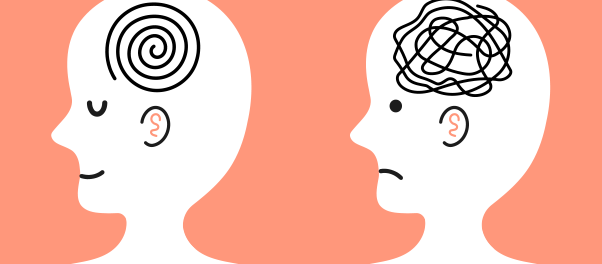Post-Traumatic Stress Disorder (PTSD) is a mental health condition that can develop after experiencing or witnessing a traumatic event.
The effects of PTSD can be profound, affecting various aspects of an individual’s life. However, it is important to recognize that healing from PTSD is possible with the right approach and support.
This article aims to provide a comprehensive guide to help individuals navigate the journey of healing from PTSD.
Seek Professional Help
The first and crucial step in healing from PTSD is seeking professional help. A mental health professional, such as a therapist or counselor, can provide the necessary support and guidance.
Therapies such as cognitive-behavioral therapy (CBT), eye movement desensitization and reprocessing (EMDR), and exposure therapy have shown effectiveness in treating PTSD.
A licensed professional can tailor the treatment to meet individual needs and help navigate the healing process.
Build a Support System
Recovery from PTSD is often more successful with a strong support system in place. Share your feelings and experiences with trusted friends, family members, or support groups.
Connecting with others who have gone through similar challenges can create a sense of understanding and validation, fostering a supportive environment for healing.
Practice Self-Care
Self-care plays a vital role in the healing process. Establishing healthy habits and routines can contribute to overall well-being.
Focus on getting adequate sleep, maintaining a balanced diet, and engaging in regular physical activity. Relaxation techniques such as deep breathing, meditation, and yoga can also help manage stress and anxiety.
Educate Yourself
Understanding PTSD is a key aspect of the healing journey. Educate yourself about the condition, its symptoms, and the available treatment options.
Knowledge empowers individuals to take an active role in their recovery, aiding in the development of coping strategies and resilience.
Gradual Exposure
While it may be challenging, gradually exposing oneself to triggers and reminders of the traumatic event, under the guidance of a mental health professional, can help desensitize the emotional response.
This controlled exposure can assist in reprocessing traumatic memories and reducing the intensity of associated emotions.
Develop Coping Strategies
Learn and practice healthy coping strategies to manage stress and anxiety. This may include mindfulness exercises, journaling, or engaging in hobbies that bring joy and relaxation.
Developing a toolbox of coping mechanisms allows individuals to navigate challenging moments more effectively.
Medication
In some cases, medication may be prescribed to alleviate symptoms of PTSD. Antidepressants, anti-anxiety medications, or other psychotropic drugs may be recommended by a healthcare professional.
It is essential to discuss the potential benefits and side effects of medication thoroughly with a qualified healthcare provider.
Set Realistic Goals
Recovery from PTSD is a gradual process, and setting realistic goals is essential. Celebrate small victories and milestones along the way. Patience and perseverance are key, as healing takes time and varies from person to person.
Conclusion
Healing from PTSD is a complex and individualized journey, but with the right support and strategies, it is achievable. Seeking professional help, building a strong support system, and practicing self-care are foundational steps in the recovery process.
By taking an active role in one’s healing journey, individuals can reclaim their lives and move forward with renewed strength and resilience.
If you or someone you know is struggling with PTSD, reach out to a mental health professional or a helpline for support and guidance.

